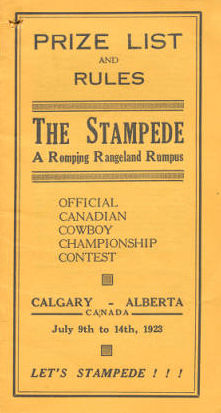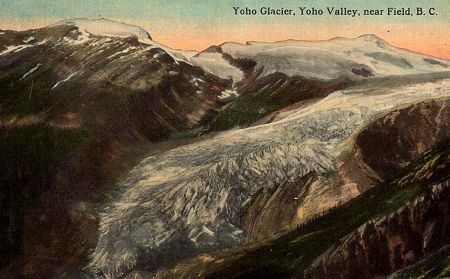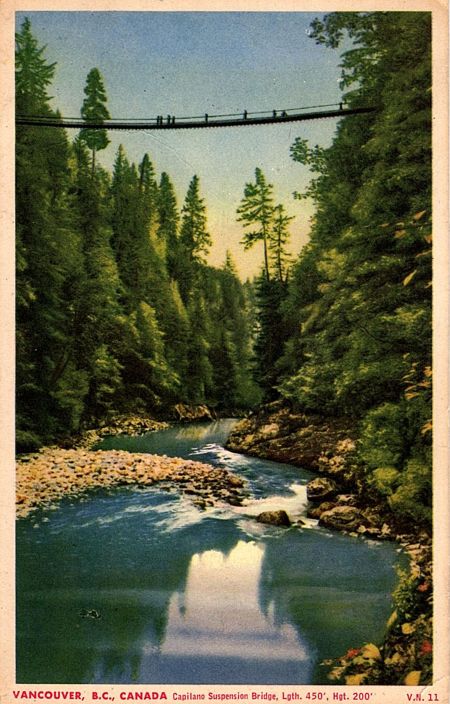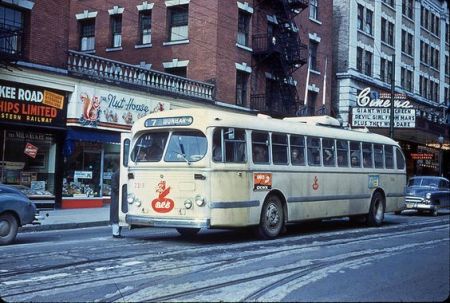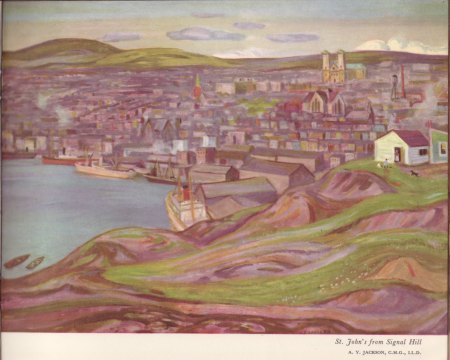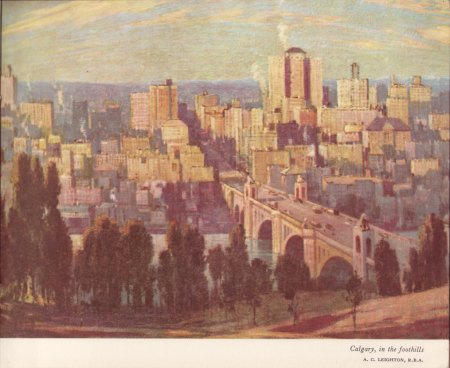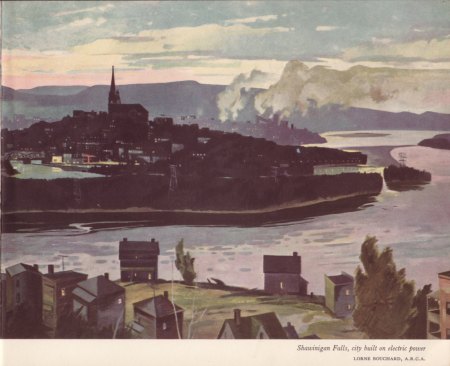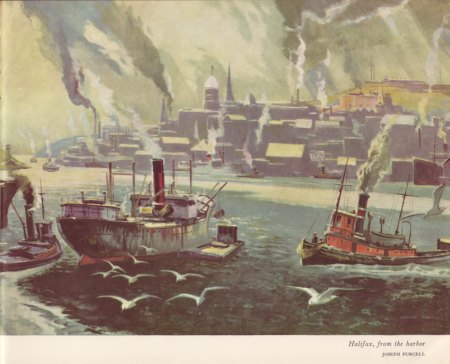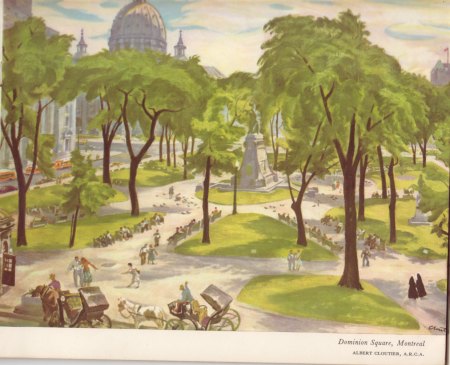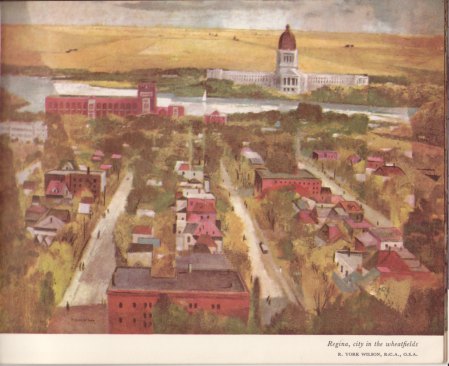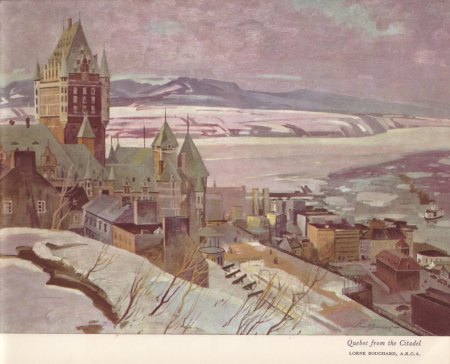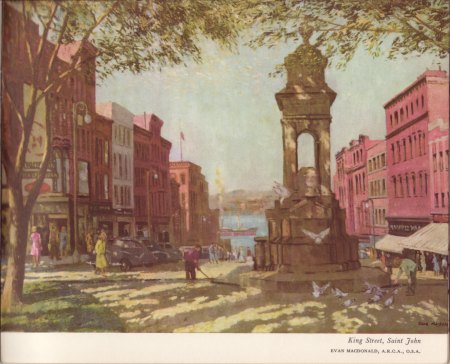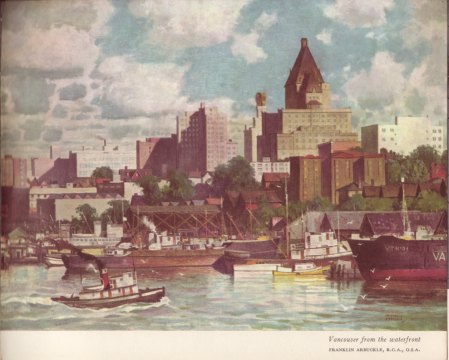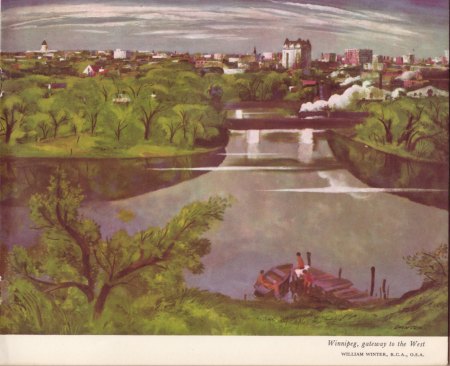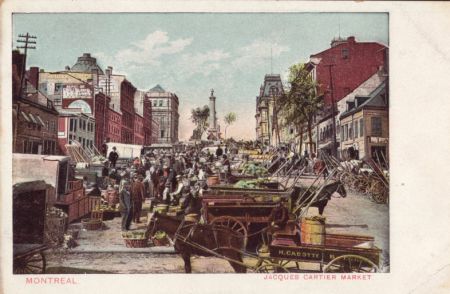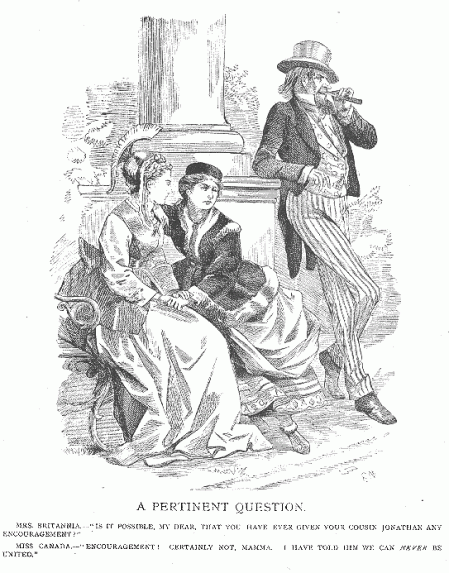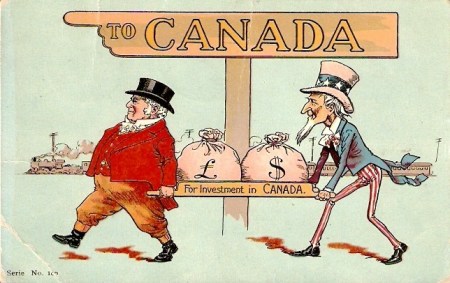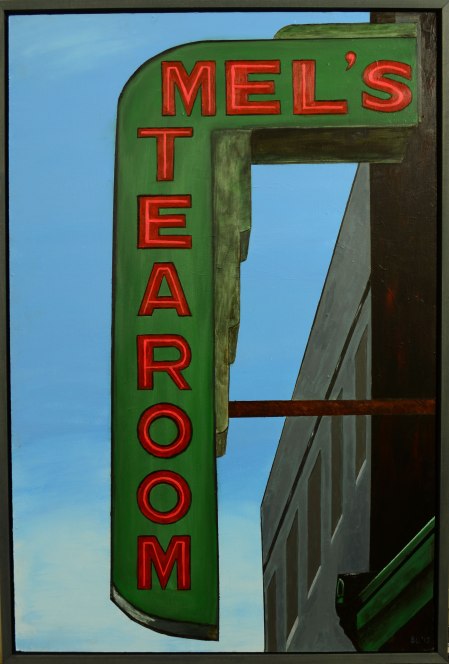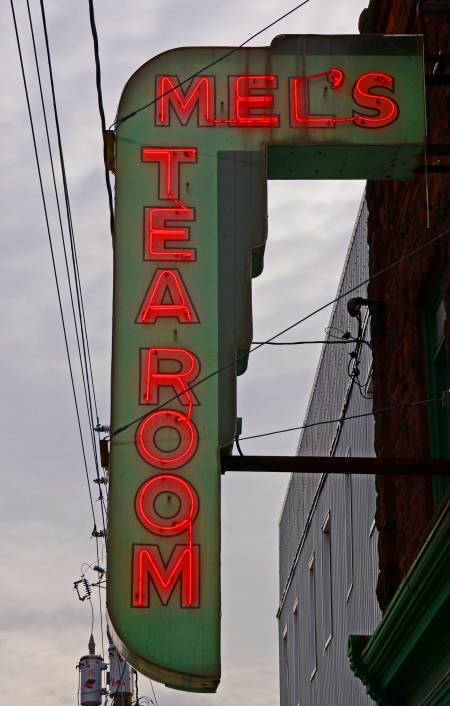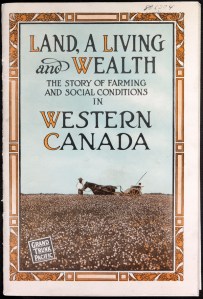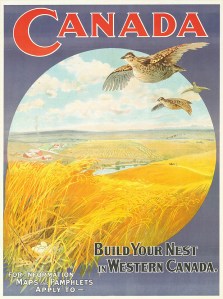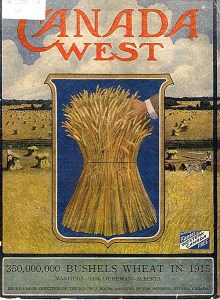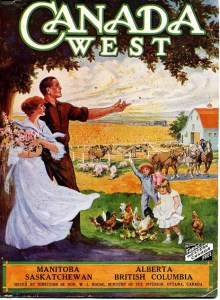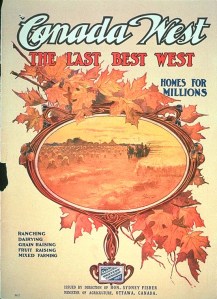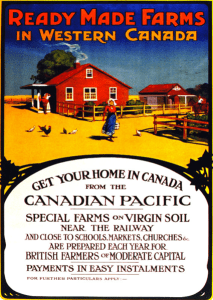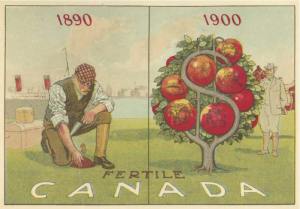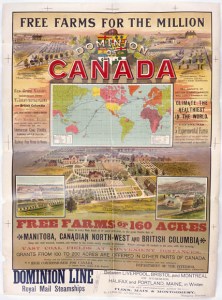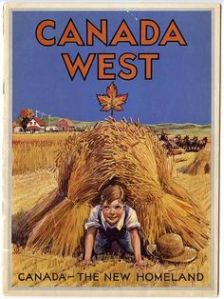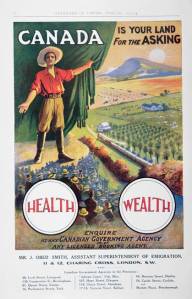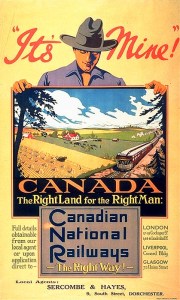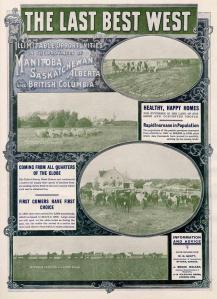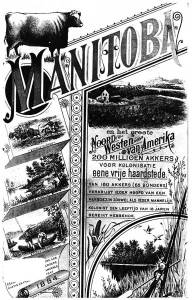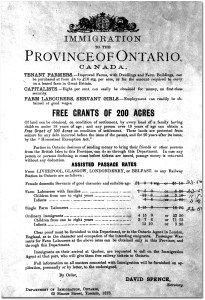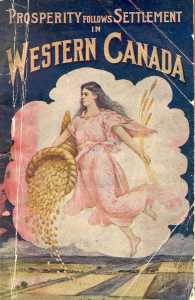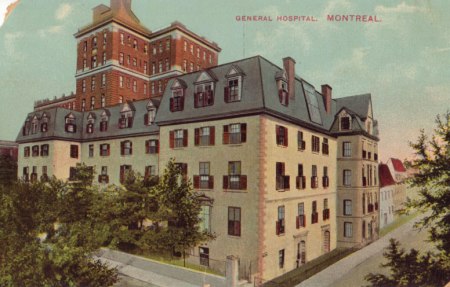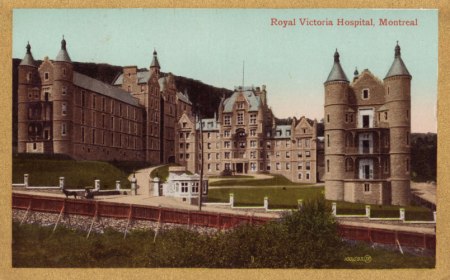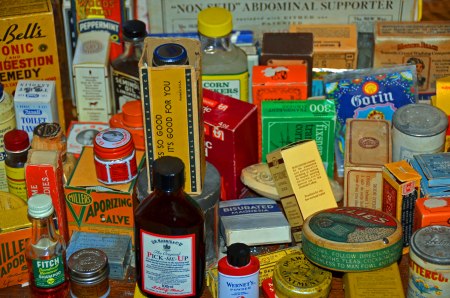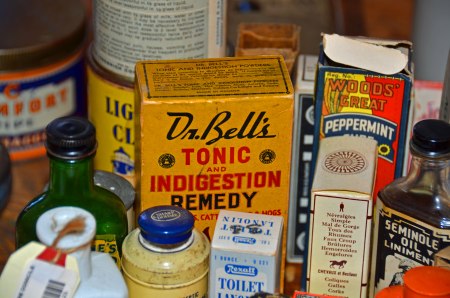
~
Not far from the Confederation Bridge on the Prince Edward Island side of that engineering marvel a scenic backroad leads to the cozy town of Cape Traverse and two of the best antique shops in all of Canada’s Maritime Provinces: Ice Boat Rarities and Antiques and, its sister shop, Island Uniquities and Antiques, which is just a few hundred yards away down PEI Route 10. Both shops are housed in 19th century buildings — one an old church and another a former masonic lodge — that have been masterfully restored and updated by owners Larry and Jane Dugdale.
The exceptional assortment of antiques, curios, artwork and furniture on offer started as a personal collection of the owners that eventually morphed into the well-organized groupings that seem intentionally curated for visual delight. The Ice Boat building features the former church’s simply designed but stunning original red, blue, green and yellow stained glass windows, which cast a warm, luminous glow throughout the place. These shops deserve to be called galleries as much as anything else.
If you’re into stylish old or reclaimed furniture, these shops have you covered; automotive and industrial neon, check; vintage toys, thermometers, oil cans, model boats, duck decoys, postcards and ephemera, tools or farm implements, check to all that too — and a great deal more! Of particular note is the collection of whimsical painted wood sculptures and other artworks by noted PEI folk artist, Kerras Jeffery, who sadly passed away last year at way too young of an age after battling a long illness. The Ice Boat Rarities shop serves as almost a museum of some of his brightly colored pieces and the shop also features a marvelous cloud-painting by Jeffery on the ceiling of its largest room.
In addition, the staff in both places are super friendly and helpful and the prices are about the fairest I’ve seen for antique shops anywhere. These places are definitely worth a visit if you find yourself nearby.
More information about these terrific shops can be found at their respective Facebook pages here: Iceboat Rarities and Island Uniquities. More about Kerras Jeffery and his art is available on the Backroad Folkart blog here, which was formerly written by him and is now maintained by one of his relatives.

~
 ~
~

~

~
Similar posts on O’Canada:
♥ Cool Vintage Junkyard for Sale
♥ An A++ for Toronto’s Gadabout Vintage
♥ Fred Herzog’s Vintage Vancouver




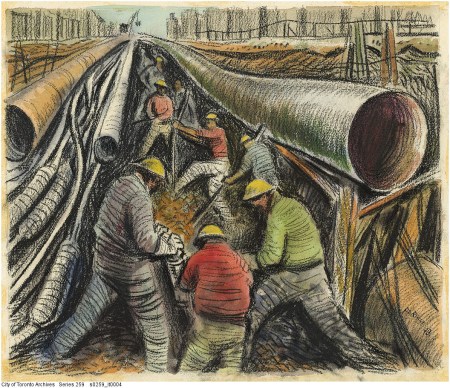
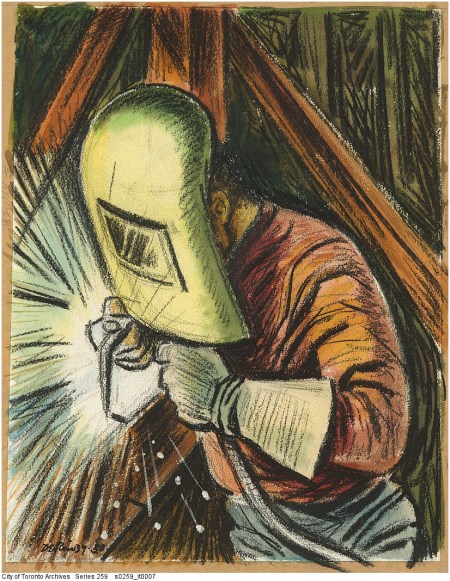
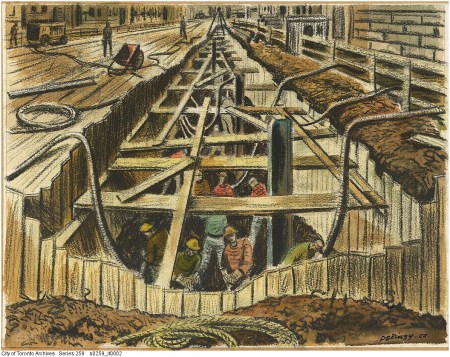
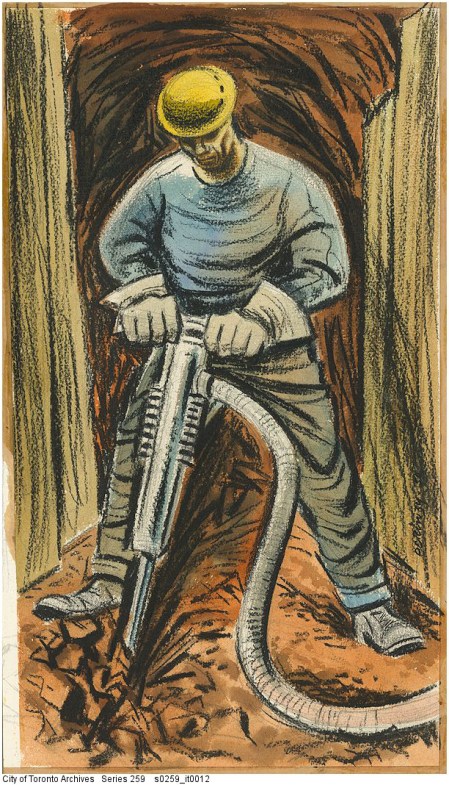











 ~
~


































































 ~
~
















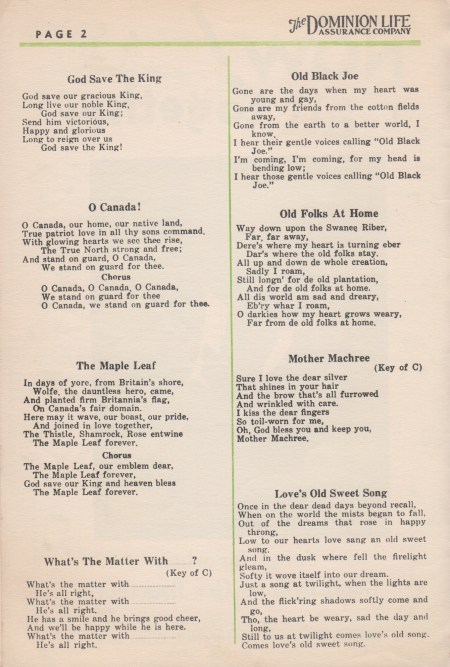
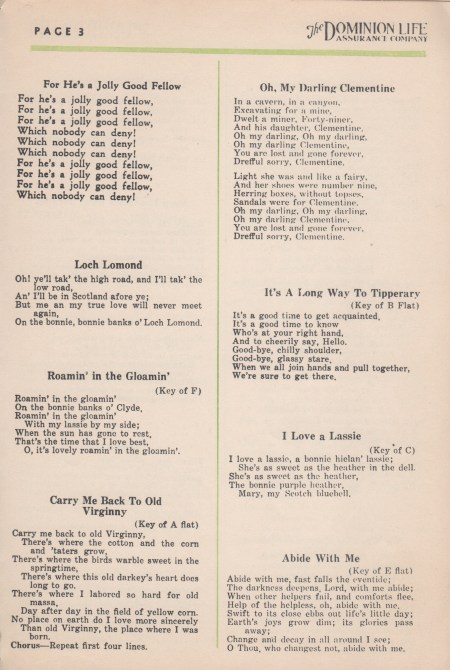
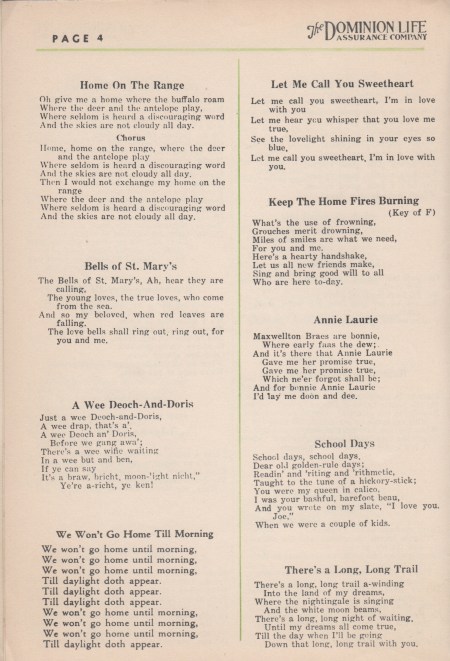
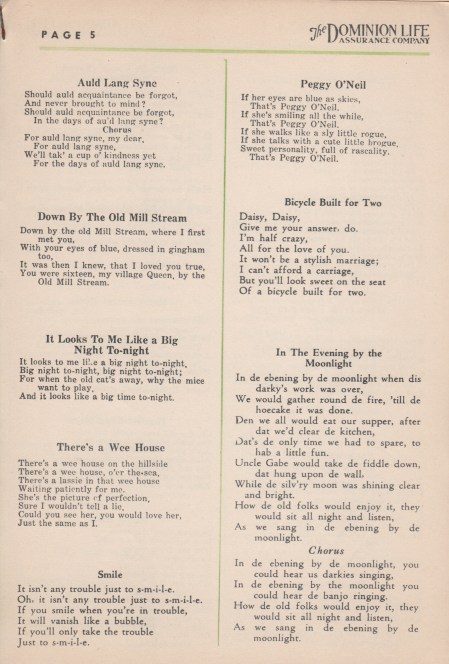
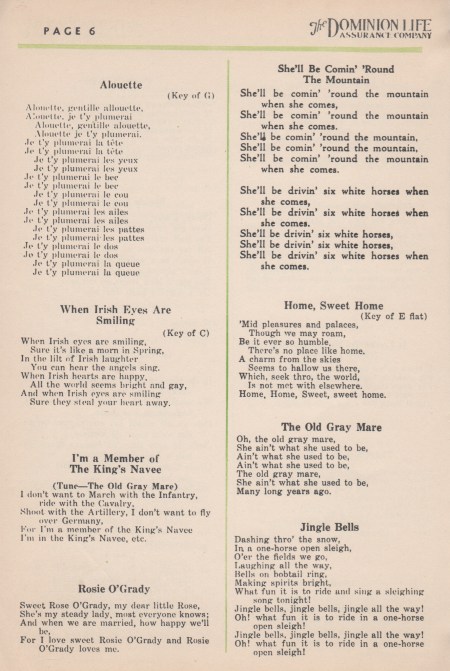
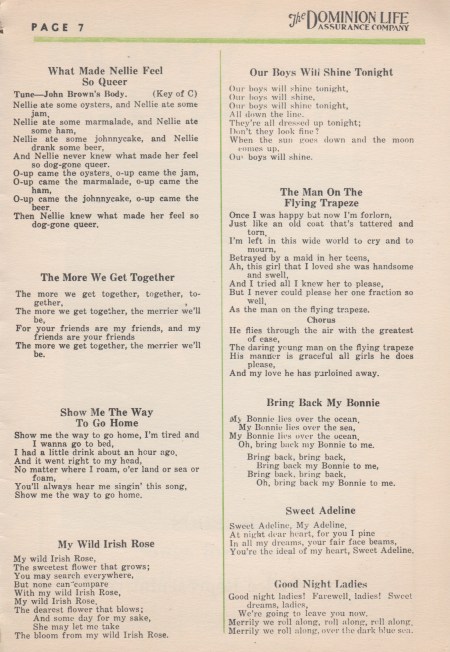




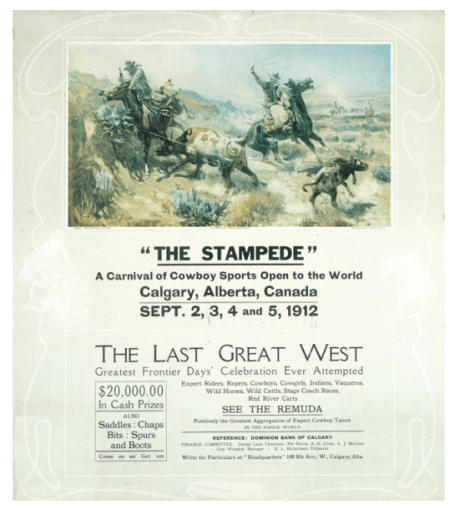 Poster from First Calgary Stampede in 1912
Poster from First Calgary Stampede in 1912
